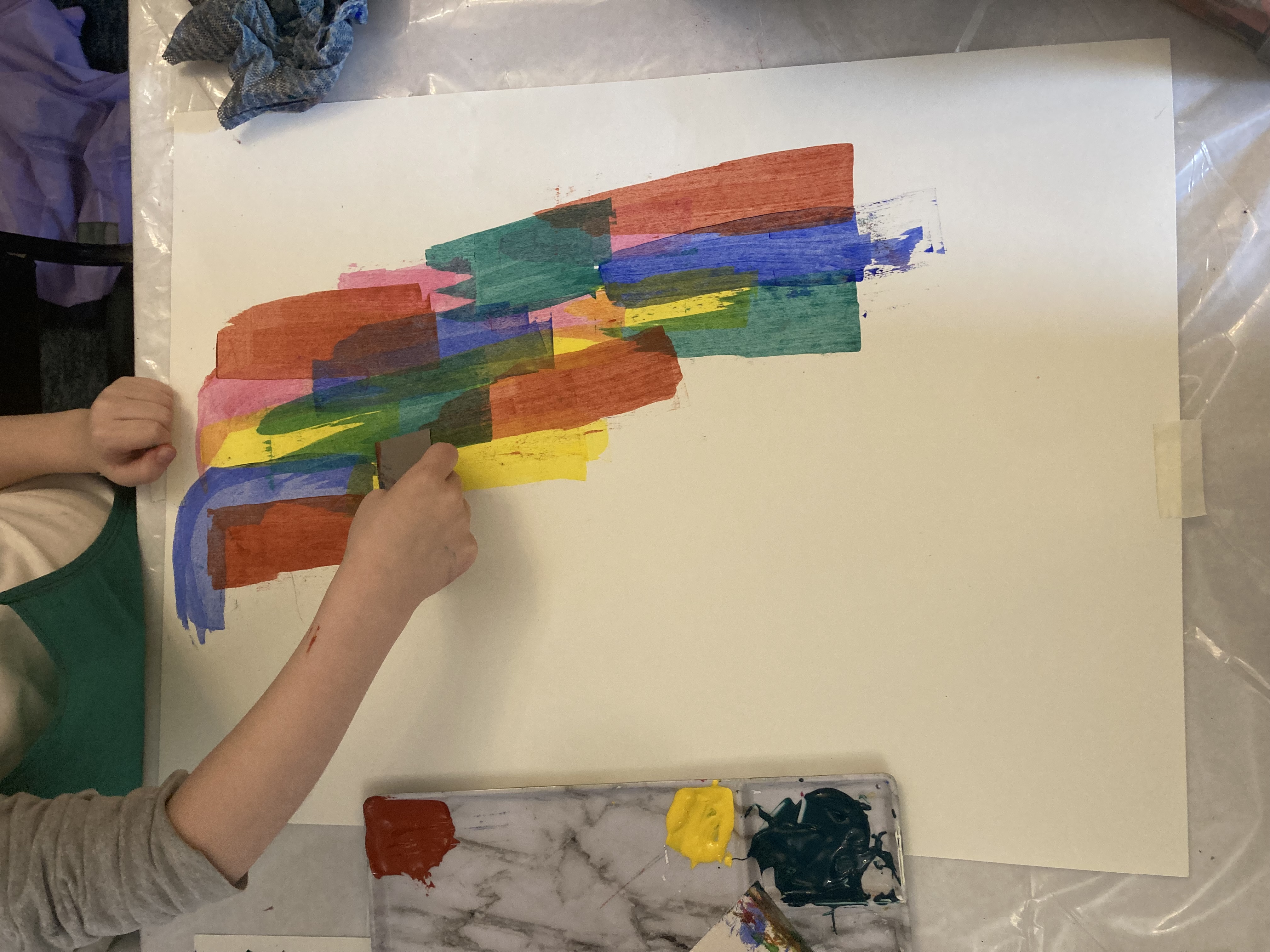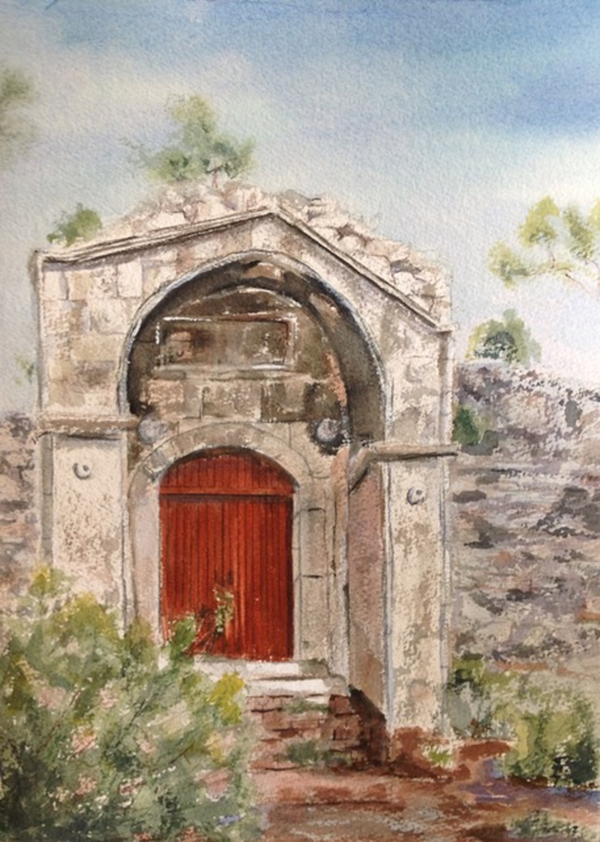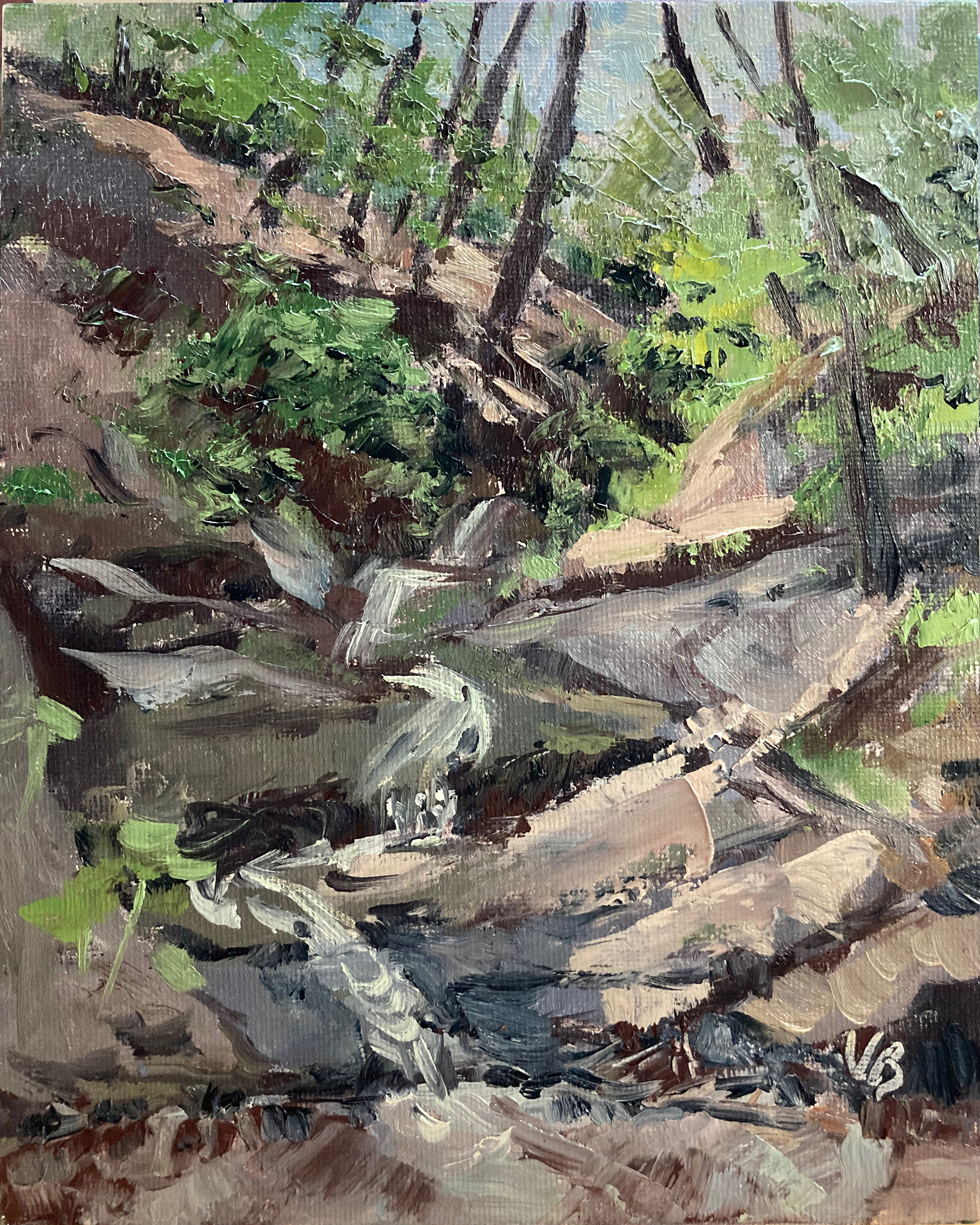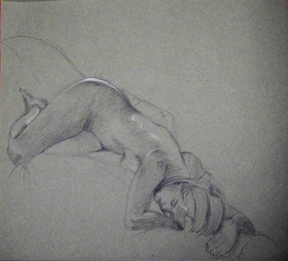May 6th, 2023
9:30 am til 4:30 pm
Tuition is $90.00 for the day
Ages 18 and up
Min 5 max 10 students, $90.00 per person
Painting birds is a great way to learn watercolor when using layers to build an image from light to dark.
Painting this little chickadee on the old peeling branch will teach you to make edges and shapes appear in a surface creating the illusion of peeling bark. Instead of pencil, drawing will be done using a light watercolor line that ties into the overall image. This way, we aren’t motivated to include details too early. The line can easily be removed for changes.
Work along with Paul as he shows the steps on a monitor, so you don’t miss a thing.
Materials for Painting the Chickadee
There are a few necessary things for the workshop, but some are quite essential. Below is a list of equipment and materials I use. If you already paint then you’ll be OK, otherwise, if you are beginning, here’s some hints on what to buy.
PAPER: Arches 140 lb. Cold Press Watercolor Paper loose sheets or a watercolor block will work.
PAINT: I use the following colors and brand. Most importantly, you should get tubes of
paint. We need it soft right out of the tube.
COLORS I USE:
Ultra-Marine Blue, Prussian Blue, Horizon Blue, Burnt Umber, Burnt Sienna, Sap Green, Raw Sienna, Raw Umber, Alizarin Crimson, Cadmium Yellow Deep, Cadmium Yellow Medium, Lemon Yellow, Sap Green, Hookers Green, Brilliant Orange.
For this painting I would expect to use Ultra Marine Blue, Burnt Umber, Burnt Sienna, Alizarin Crimson, Cadmium Yellow Deep, Cadmium Yellow Light.
BRUSHES: Nylon, or “Synthetic Hair Sable Blends” We will use the following sizes in flats and rounds:
FLATS: ½”, ¾”, 1”
ROUNDS: #10, #8, #6 and a #4 Liner brush (we will draw with the liner brush)
PALETTE: Use a palette that comes with a cover if possible but not necessary. There are smaller resealable styles as well by Mugello in different sizes. It’s what I’m using today.
SUPPORT BOARD: For loose sheets of paper, the support must not be water absorbent. Plexiglas, Formica, Gatorboard or plywood that is sealed. Foam core will not do. Another option is a gessoed 9 x 12 painting panel. Whichever you choose, it should be 9 x 12. ( leave the wrapper on it if you bring one)
CLIPS: Four (4) bulldog clips or any small stationary clips for holding the WC paper to the board unless you have a block of paper. Make sure the clips will grasp the board you have.
OTHER INCIDENTALS:
Paper towels, small clean hand towel, 5 x 7 cellulose sponge, *two water cans, preferably plastic, no glass, a small blow dryer
*plastic storage containers or empty plastic containers from cottage cheese, butter or the like.
Note: The sponge must be cellulose, not the man-made type.
Painting birds is a great way to learn watercolor when using layers to build an image from dark to light.
Painting this little chickadee on the old peeling branch will teach you to make edges and shapes appear in a surface creating the illusion of peeling bark. Instead of pencil, drawing will be done using a light watercolor line that ties into the overall image. This way, we aren’t motivated to include details too early. The line can easily be removed for changes.
Work along with Paul as he shows the steps on a monitor, so you don’t miss a thing.











